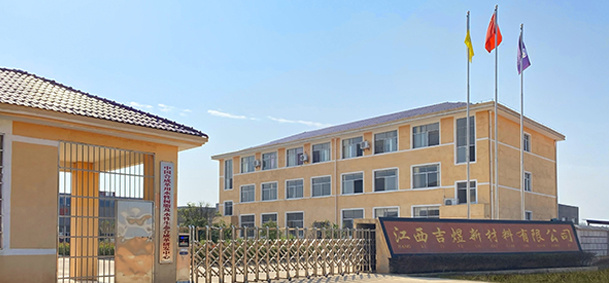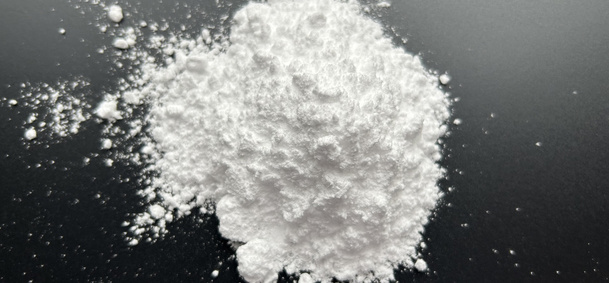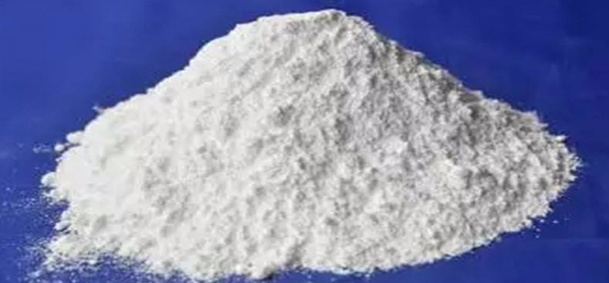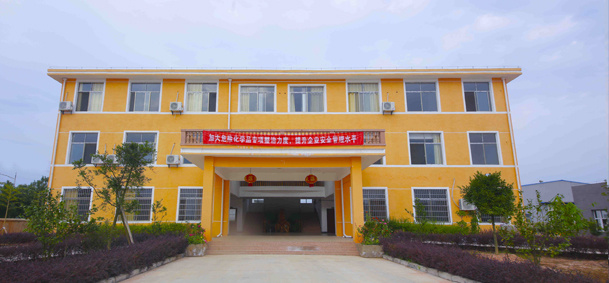News
Method steps for preparing 2,2-dihydroxypropionic acid
Release time:
2020-09-19
The preparation method of 2,2-dihydroxypropionic acid (DMPA) is as follows:
Add 980Kg of pure water into a 3000L reactor, add 16Kg of sodium hydroxide loaded with activated carbon, add 1000Kg of formaldehyde, drop 300Kg of n-propionaldehyde, and keep the temperature at 20-60 ℃ for 6-14h after dropping;
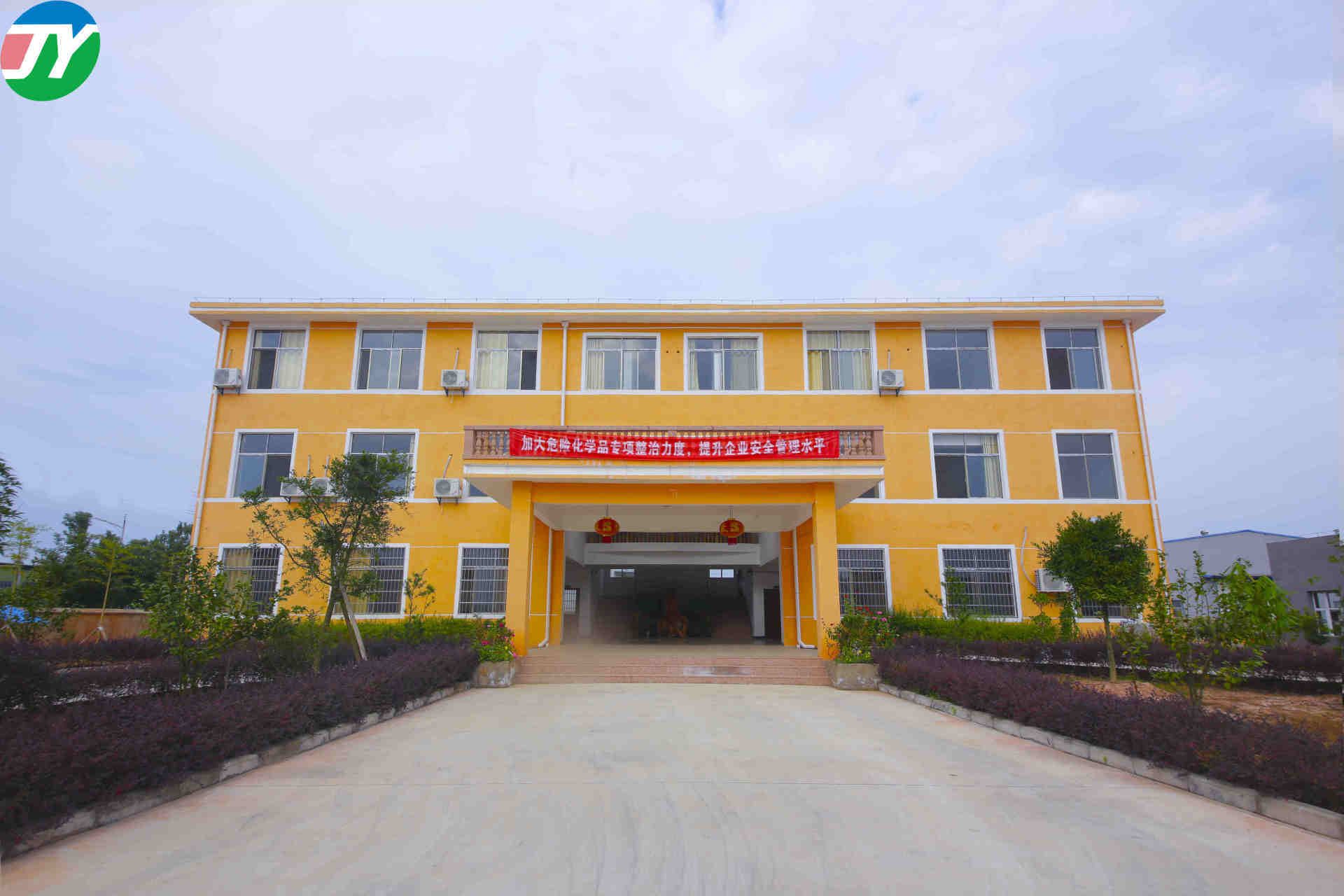
Add formic acid 10Kg to neutralize the PH value between 6 and 7.2;
Transfer to the oxidation kettle, in the oxidation kettle under reduced pressure concentration, recovery of part of the unreacted formaldehyde;
Add 580Kg of hydrogen peroxide dropwise at temperature rise, and conduct constant temperature at 60-90 ℃ for 6-10h after dropping;
Add water from 400 Kg to 800Kg, and concentrate under reduced pressure;
Concentration to moisture between 5-8%, cooling crystallization, centrifugation to obtain 2,2-dimethylol propionic acid crude product. filtering the mother liquor for recycling recrystallization;
Add 1000kg of water to 1000kg of crude product, heat up to 50-60 ℃ under stirring, add a small amount of iron remover and about 5kg of activated carbon, and filter after half an hour to remove activated carbon. Then atmospheric pressure concentration to water between 25wt%~ 30wt% discharge cooling crystallization, and then centrifugal, drying and sieving processing to obtain 2,2-dimethylol propionic acid products.
The crude mother liquor is re-concentrated and then recrystallized to extract the product again; the fine mother liquor is then concentrated, decolorized, crystallized, centrifuged and dried to recover the product again. The refined mother liquor is recycled and returned to be used as crude mother liquor. The crude mother liquor after the product is extracted again is finally treated as waste water. The mother liquor after each filtration was well treated, and the 2,2-dihydroxymethylbutyric acid in the mother liquor was recovered, which improved the yield of the product.
As shown in the above table, the catalyst used in the present invention has high selectivity, high propionaldehyde conversion rate, high product yield, low energy consumption and less waste water production compared with foreign production methods.
Share

